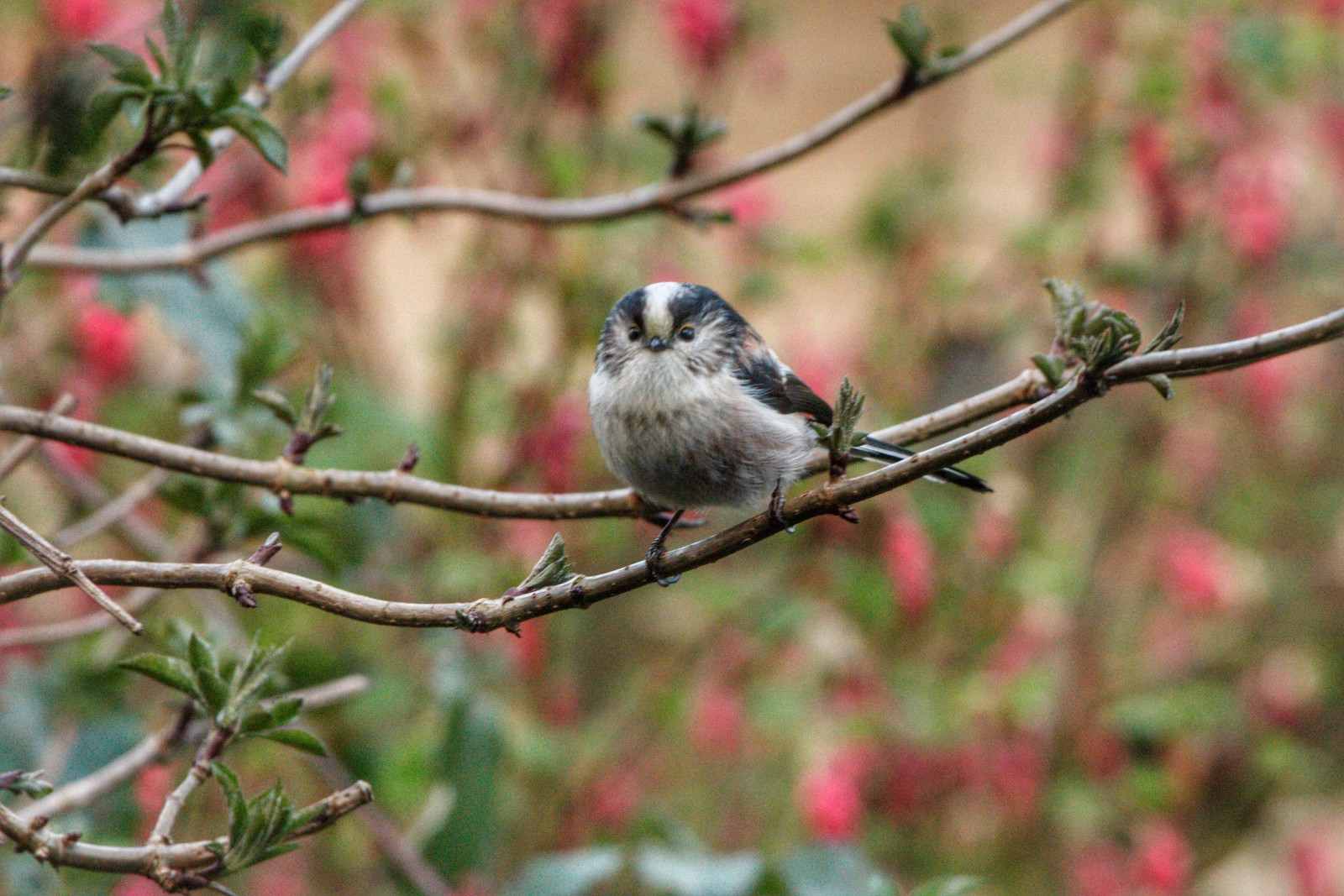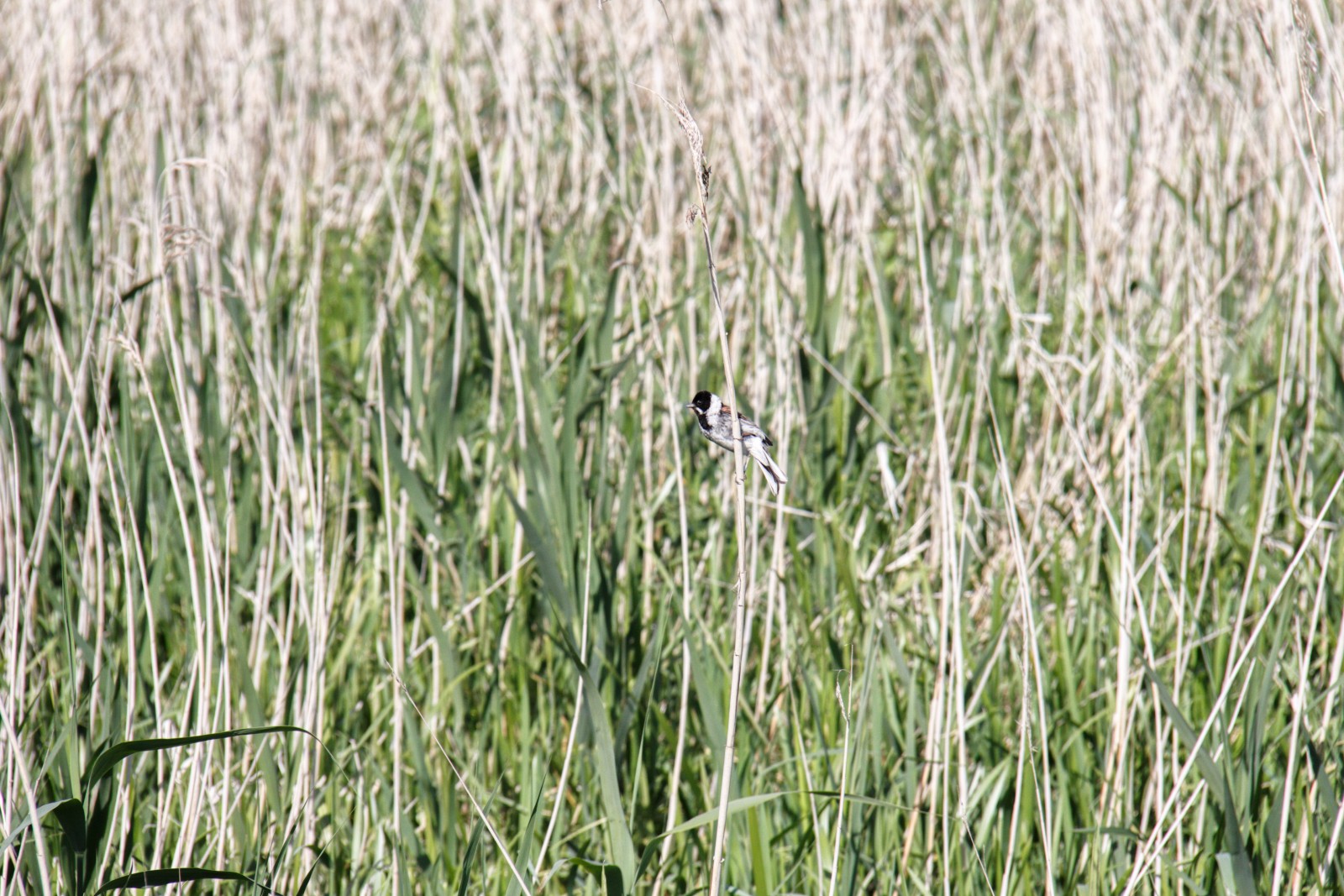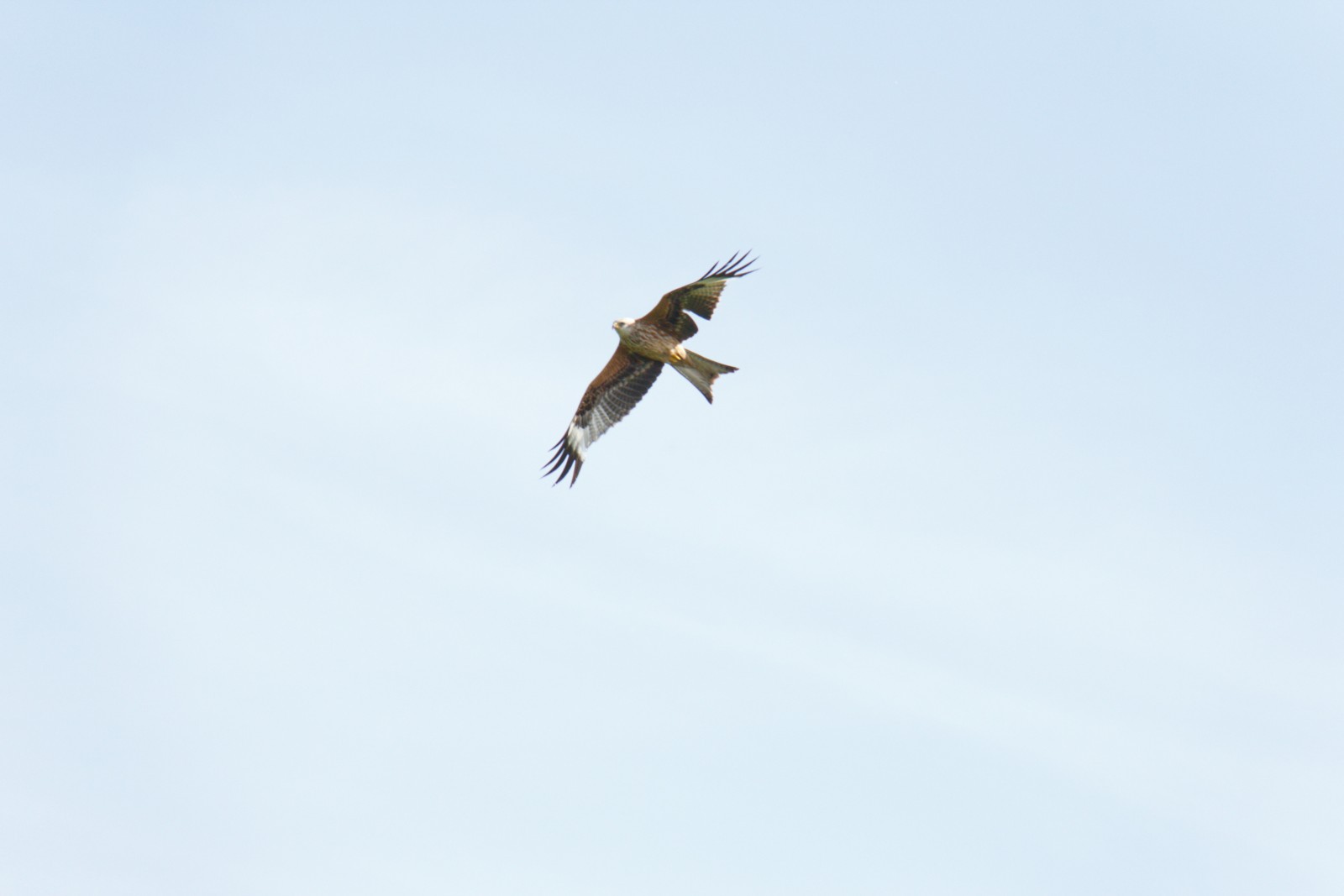Opis
This is an area of 157 hectares with wet meadows with a pool and a scrape. It holds large areas of water after flooding. You can see quite a few migrating birds such as dymówka, oknówka, brodziec piskliwy, kulik wielki, łabędź krzykliwy, kulik mniejszy, rokitniczka, rybitwa rzeczna, białorzytka. But also kania ruda, myszołów, zimorodek, czajka, płomykówka (zwyczajna), czapla siwa, czapla nadobna, kukułka czubata, potrzos gil and also wąsatka.
Best time to visit is March to end June for breeding waders and meadowbirds. November to end January for thousands of migrating birds once the area is flooded.
Szczegóły
Dostęp
Eight miles south east of York, four miles east of the A19. From Wheldrake follow the road (Carr Lane) towards Thorganby and out of the village where the road takes a sharp right turn. 0.5 miles further on a narrow road to you left (after the Yorkshire Water compound) takes you down to the nature reserve. Park on the stony area next to the bridge over the River Derwent.
There are two different car parks, one for Wheldrake Ings, the other one for Bank Island. Both places are really close to each other and you can easily walk between the two (10 min).
Teren i siedlisko
Równina , BłotaWarunki
Płaski , Możliwy wysoki poziom wodyTrasa dookoła
NieCzy luneta będzie przydatna ?
Może być przydatnaUdany sezon obserwacyjny
Przez cały rok , WiosnaNajlepszy czas na wizytę
Wiosenne migracje , Jesienne migracjeTrasa
Szeroka ścieżkaPoziom trudności szlaku pieszego
ŁatwyDostępne
Pieszo , RowerCzatownia/platforma obserwacyjna
TakDodatkowe informacje
The wetlands attract a wide range of birds. Spring and autumn can be exciting as migrant waders, terns and raptors pass through. kropiatka, wodnik (zwyczajny) and czarnogłówka (zwyczajna) all breed along with many common waders and ducks. błotniak stawowy, kobuz and sokół wędrowny are all seen regularly with the chance of an rybołów or rybitwa czarna during migration.




